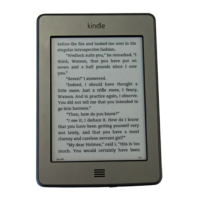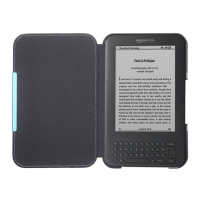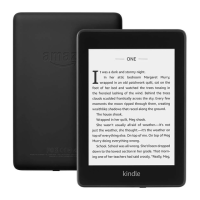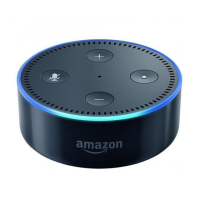Chapter 1: Getting to Know Your Kindle Touch
21
The headphone jack
On the bottom of your Kindle Touch, between the USB port
and the power button, is the headphone jack (refer to
Figure 1-1). Use this if you want to privately listen to an
audiobook or while having books read to you through the
Text-to-Speech feature. (The Kindle Touch also has speakers
on the back at the bottom of the device, so headphones aren’t
required.)
The Kindle Touch doesn’t have a volume button. To change
the volume, tap the top of the screen to bring up the top
toolbar, tap the Menu button, and then tap Turn On Text-to-
Speech. A touch-sensitive volume control displays; tap it to
adjust. If you’re listening to an audiobook, the volume control
displays on the page that contains the audiobook information
which shows when you open the audiobook and it starts
playing.
Virtual buttons
The Kindle Touch has two physical buttons on the device: the
Power button and the Home button, which we’ve discussed
already. Buttons that were on earlier versions of the Kindle,
such as Back and Font, are incorporated as virtual onscreen
buttons that you tap or fields into which you can enter
information. The virtual buttons, which we discuss in the
following sections, are illustrated in Figure 1-3.
Back button
The Back button is the left-pointing arrow (←) and is the first
button on the top toolbar. The Back button is similar to the
Back button on a web browser: It lets you retrace your steps
on the Kindle Touch. In some instances, the Back button acts
like the Home button; for example, if you open an e-book from
the Home screen, read a few pages, and then press the Back
button, you return to the Home screen — not the previous
page you looked at.
04_9781118290774-ch01.indd 2104_9781118290774-ch01.indd 21 2/14/12 7:11 PM2/14/12 7:11 PM

